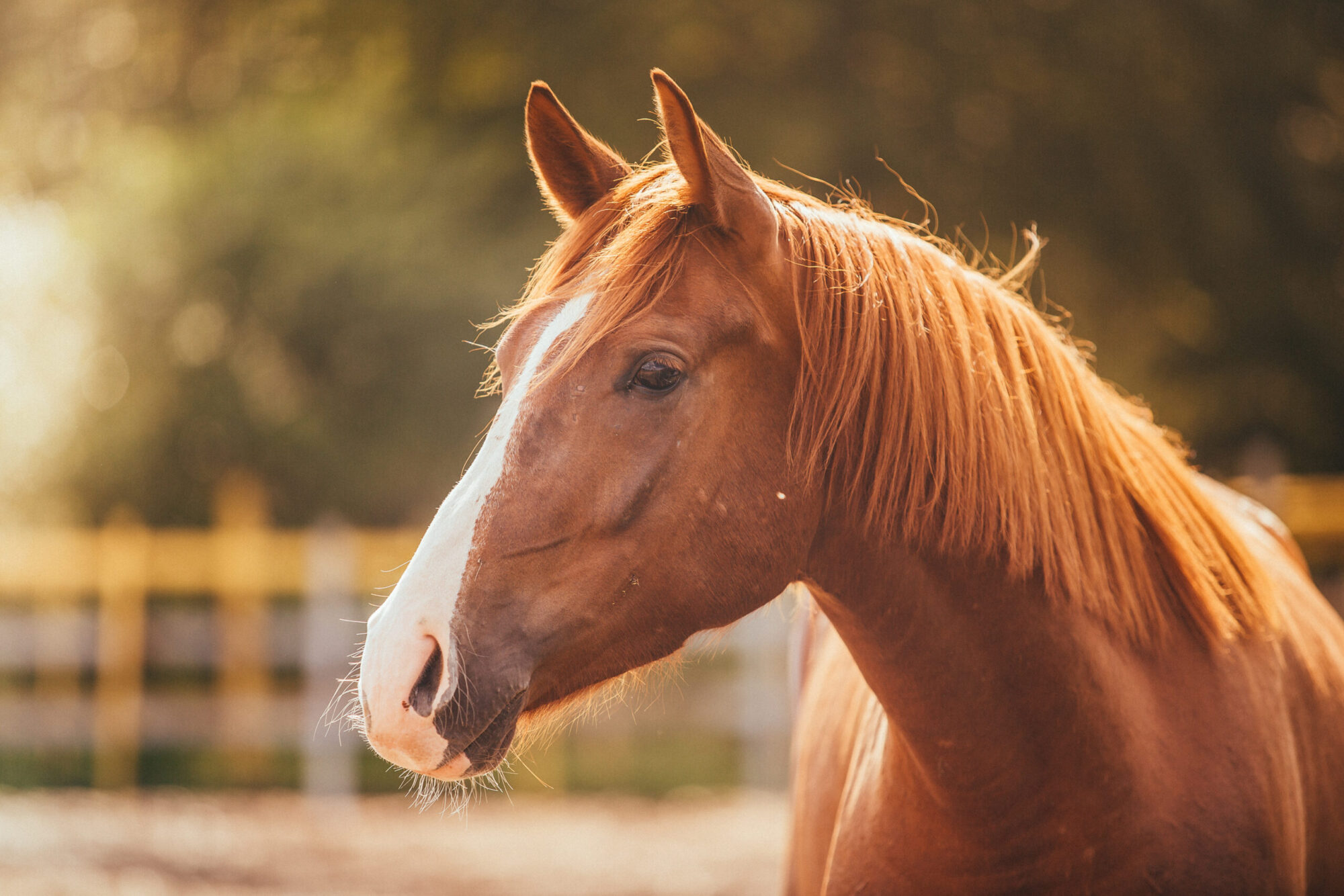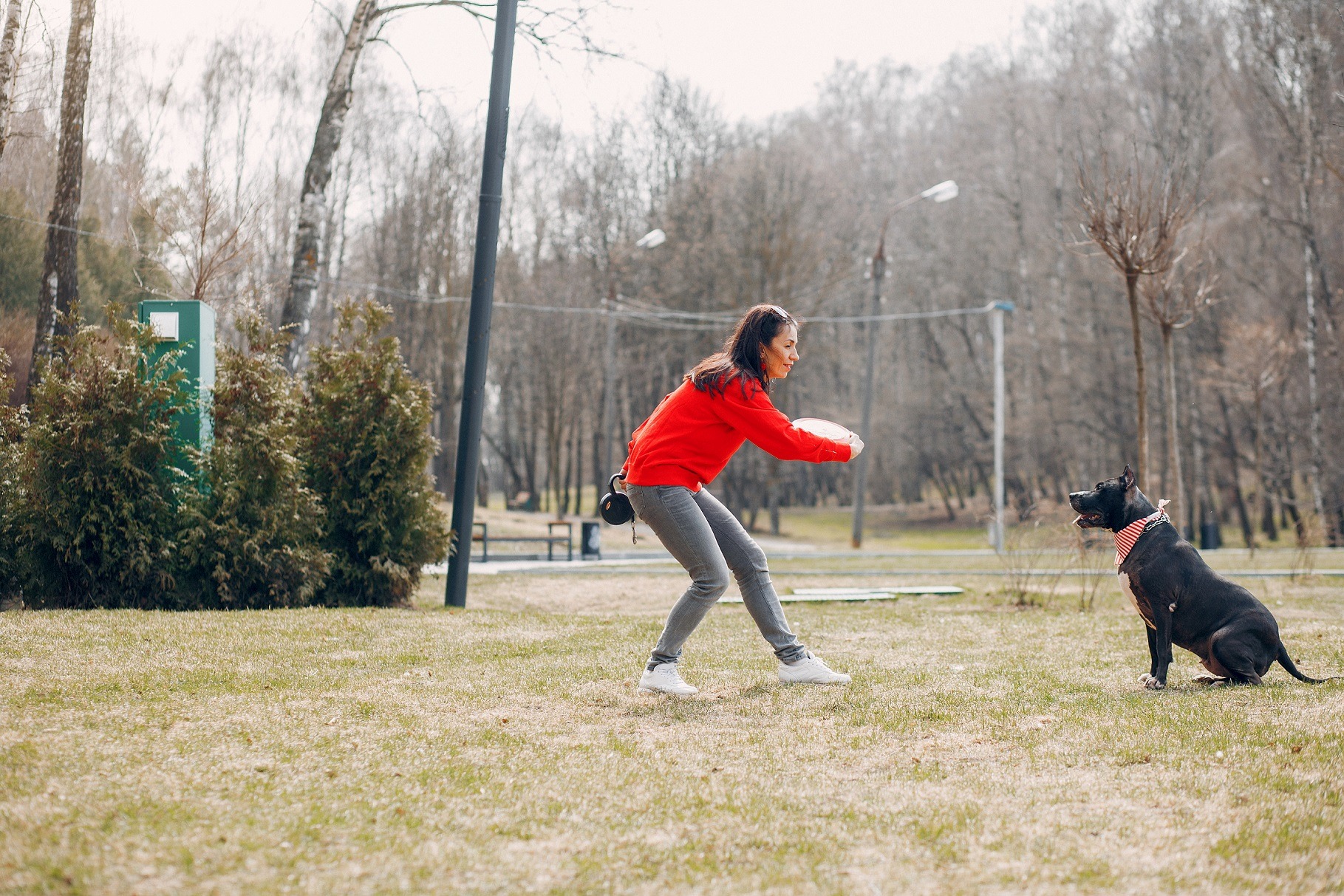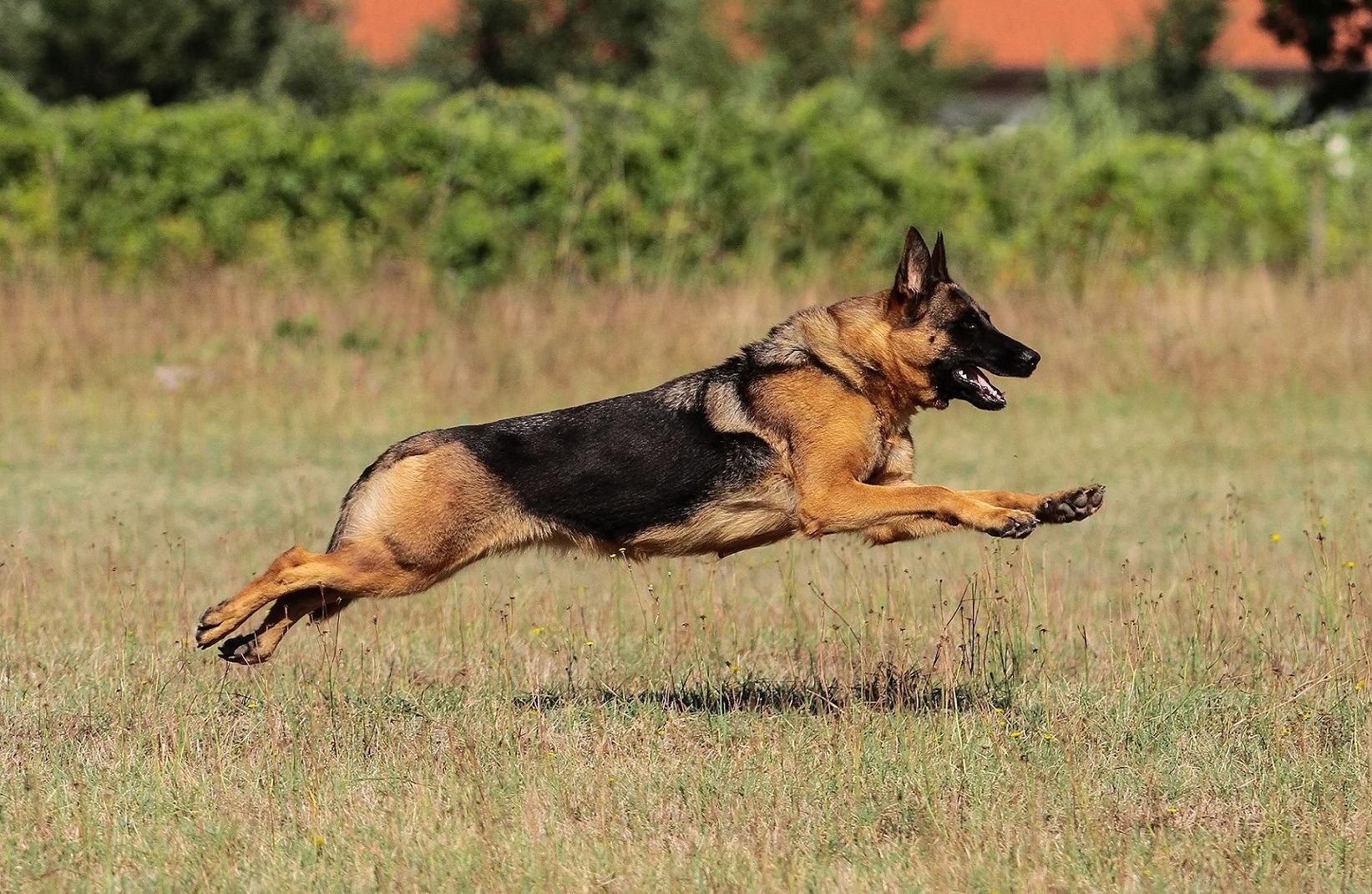Dog concept training – Clever Hans in Context
The Clever Hans Effect is one of the most discussed topics in dog concept training. What effect is the handler having on the animal’s choices? What effects are fixed prop positions having? Will the animal know how to match to sample if the setup was done differently? What if there was a different handler present? Or no handler at all?
The Foundations of dog Concept Training
The Clever Hans effect refers to the umbrella of influence a handler may have on their animal which then casts doubts over the animal’s independent ‘cognitive’ abilities. It usually refers to temporal prompts like eyebrow movements to indicate the correct choice in each repetition, often unwittingly given by the human.
The role of the handler as a cue is a very interesting subject to me and has been part of my thought process for as long as I have been involved in teaching concepts to animals. I would recommend that you read my 2018 article on this subject here.
My way of making sense of the world has gained a stronger applied behaviour analysis perspective since 2018 and this article now describes an evolution of my views on the Clever Hans effect with new learning I have had since my previous article.
Last year I spent several sessions experimenting with different setups for the same concept. I chose match to sample as an example concept. Beanie applies this concept when cued “same”. I also experimented with size discrimination, cued by “bigger” or “smaller”, and directional modifiers, cued by “right” and “left”. All three are concept cues are firm favourites in this house and I first taught them to my dog three years ago.
In my new setup, however, instead of having him orient towards me as I usually do, I set up the environment such that he would stand next to me on my right and walk away towards the objects. We used the same concept cue and the same previously-known objects.
Dog concept training. Each match to sample loop would look like this:
Beanie eats his food from the previous repetition behind me on a towel -> Beanie turns around and stands to my right -> Beanie waits for me to give him further information on what is next -> I show him the sample object held in my hand -> I cue “same” -> Beanie walks away from me to one of the two objects that is identical to the one in my hand -> Beanie touches the item with his paw -> I click -> Beanie orients away from the objects and walks towards me -> I reinforce with food on a towel behind me -> Beanie eats on the towel -> Beanie turns back to face forwards in the same direction as me towards the objects -> Beanie stands to my right for the next cue.
This did not work. Beanie favoured one side over the other, irrespective of any cues in the environment or from me. His performance was either random or repetitive, returning to the most recently reinforced item no matter what. I went back to basics, started teaching him the concept as if he had no idea what the cue meant under the new setup. I used prompts like pointing and object positioning relative to him to teach him the correct choices. He was accurate until I started fading prompts and the unpredictability would reemerge.
The Clever Hans Effect. Concept Training and dog behaviors
I was distraught. I questioned if I had ever taught him to match to sample at all. There must have been some other substantial temporal cue from me that I have missed over all these years of filming and reviewing our sessions. Beanie clearly has no idea what he’s doing now without that cue. It occurred to me whilst troubleshooting this that maybe it had to do with my position. I have always been directly in front of Beanie and maybe it was throwing him off completely when I was suddenly to his left, irrespective of which way we both face. I am, after all, as loud a cue as a neon sign in the dark and I have worked very hard to be one as both his owner and teacher. My ability to influence Beanie’s behaviour is what makes us an incredible team in the real world and gives us the ability to have a clear dialogue when learning new things together.
So I changed our starting point. Whilst we still stood facing forward in the same direction, he was now between my legs with the objects still ahead of both of us. He would still walk away from me to touch the correct choice. This worked well and I was able to fade out prompts much quicker, which gave me information that the concept cue was simply being generalised to this new context rather than learnt from scratch. Having now further explored the importance of my position and our direction in our concept training by varying our setup, I have now learnt that being in line with my learner is more important to him as a cue than the direction we both face.
Individual dog training – what do you need to know?
Concept cues are like any other cue. Dog concept training teaching a behaviour in response to a verbal cue “sit” is really no different in principle to teaching a behaviour in response to the verbal cue “bigger”. They are both highly specific and best apply only to the context in which they were learnt. If a dog has learnt that it pays off to perch his bum on the floor in front of you when he hears “sit” whilst facing you, he might stare blankly or guess at random behaviours when you cue the same “sit” whilst he is next to you or behind you. He might not pay attention to “sit” at all when he is outdoors. The same applies to concept training.
The longer the reinforcement history for a cue under a specific context, the more the context becomes baked into the cue itself as a static feature. All I had to do was generalise the concept cue to a new context and my dog immediately “knew” what it meant in that context as well. I conveniently skirted around resolving the task of the relevance of my position relative to Beanie by bringing him between my legs as our starting point but I can just as well work through that to teach him that where I stand is irrelevant if I wanted to do so. I suspect that will be a long project because of the deep reinforcement history we have now built up of us being directly in line with each other.
Clever Hans effect as a function of cues
My learner didn’t respond correctly straight away to our concept cue whilst facing in the same direction as me and my position to his left was such a salient cue to him that it threw him off completely from the task. This does not automatically mean that the only possible reason why he could offer correct responses when facing me is because there must be a temporal unwitting cue from me at play. We need to think carefully about cue hierarchies and explore the role of static antecedents as well, rather than defaulting to temporal prompts and our learner’s lack of intelligence as our only possible explanation for why a concept cue may break down under novel conditions. This does not rule out the possibility of temporal cues also informing the animal of the correct response over and above the verbal concept cue, of course, but our reliance on this single explanation for our learner’s good or poor performance merits further scrutiny.
There are very few rules with concept training. Our training plan and how far we want to go with it depend upon our goals and must take into account the comfort of our willing learner and the salience of cues to that individual. We learn to work with our animal and the cues they find important, not against. As much as the role of temporal and subtle handler cues is, quite rightly, a key consideration in the design of cognition research, our knowledge of behaviour analysis tells us that there is an even wider picture of cues and reinforcement history to explore when an animal is successful or not at concept training. I would love to see the animal training community reframe the Clever Hans effect as a function of cues and context instead of narrowing down to handler prompts or cognitive prowess.
See also other posts:
June 30, 2023
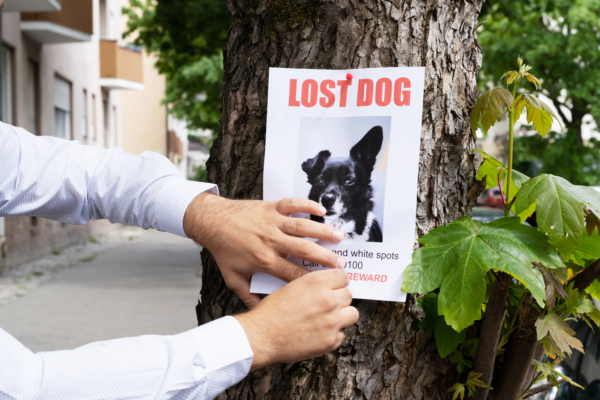
Get Your Lost Dog Back Home Quickly: Follow These 12 Tips for Success
Vacations favor more frequent and longer walks with our furry friends. We travel, visit new places. Summer makes us loosen our brakes and allow our…
June 30, 2023
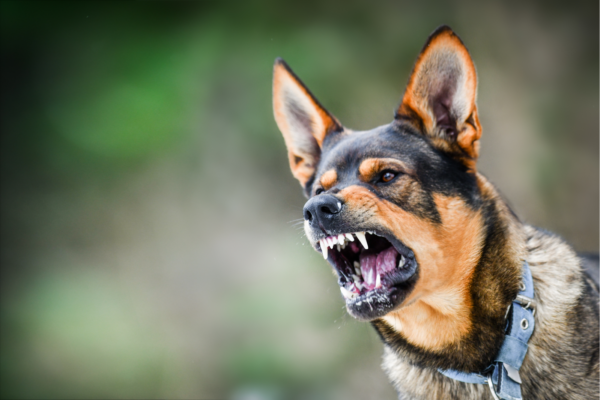
Managing Aggressive Dog Behavior: Tips for Peaceful Living
Living with an aggressive dog may seem challenging, but it can be peaceful and manageable with the right approach. One key aspect is to remain…
June 30, 2023
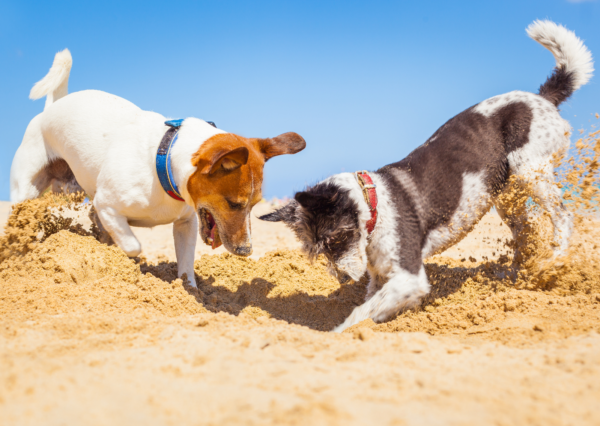
Unlocking the Secret to Successful Puppy Socialization: Quality over Quantity
Today, although the topic is very important, I will keep it brief. Socialization is a topic that could fill books or scientific papers. However, today…

